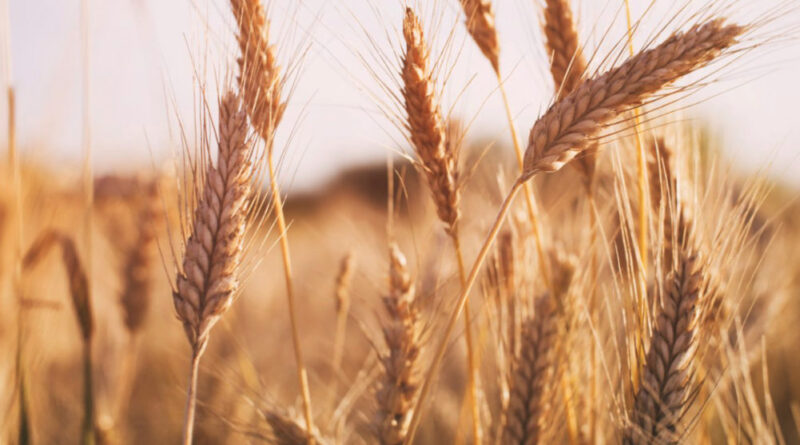Weather forecast for spring to decide on fate of wheat output
By Zia Haq
Policymakers and farmers are anxiously awaiting the official weather update for spring, likely to be revealed by January-end, to find out if a peaking El Nino phenomenon will stoke an early summer, threatening India’s wheat harvest.
If the impacts of a strengthening El Nino linger into the summer months, it could weaken India’s June-September monsoon for the second year in a row. Cooler temperatures during February and March are essential for a bumper wheat output. As things stand, the El Nino outlook is not encouraging, Met officials suggested.
“The El Nino will continue into the summer months. It is usually associated with heat waves, although not every time,” said Mrutyunjay Mohapatra, the director-general of meteorology of the state-run India Meteorological Department (IMD).
IMD will make its official weather forecast for the spring months in the next few days, Mohapatra said, adding that it was too early to make a prediction about monsoon. El Nino is a weather pattern marked by abnormal warming of the Equatorial Pacific waters whose effects ripple around the globe. It is often associated with drought in India and flooding in Latin America.
After two consecutive years of heat waves, which dented yields in the world’s second-largest grower of the wheat, India is expecting a record output of 114 million tonnes if weather conditions remain conducive, Food Corporation of India (FCI) chairman Ashok KK Meena said earlier this month.
Higher wheat output will help put a lid on prices and could prompt the world’s second-biggest producer of the grain to lift a ban on exports of the staple. An El Nino is “very likely close to peak strength” and is “likely to continue for the next few months, while gradually weakening”, according to an update by the US National Oceanic and Atmospheric Administration. “Despite the expected weakening of El Nino’s tropical Pacific sea surface signature, impacts to global climate will continue for the next few months.”
“Heatwaves are a possibility in March due to the impact of the El Nino but we expect a cooler February,” said Mahesh Palawat, vice-president meteorology at Skymet, a private forecaster. According to Palawat, Himalayan states are likely to see snow formation from February 3-4. “This will result in cooler temperatures during the month.” India’s wheat crop is in robust condition so far, said Gyanendra Singh, the director of the Indian Institute of Wheat and Barley Research.
This article has been republished from The Hindustan Times.

